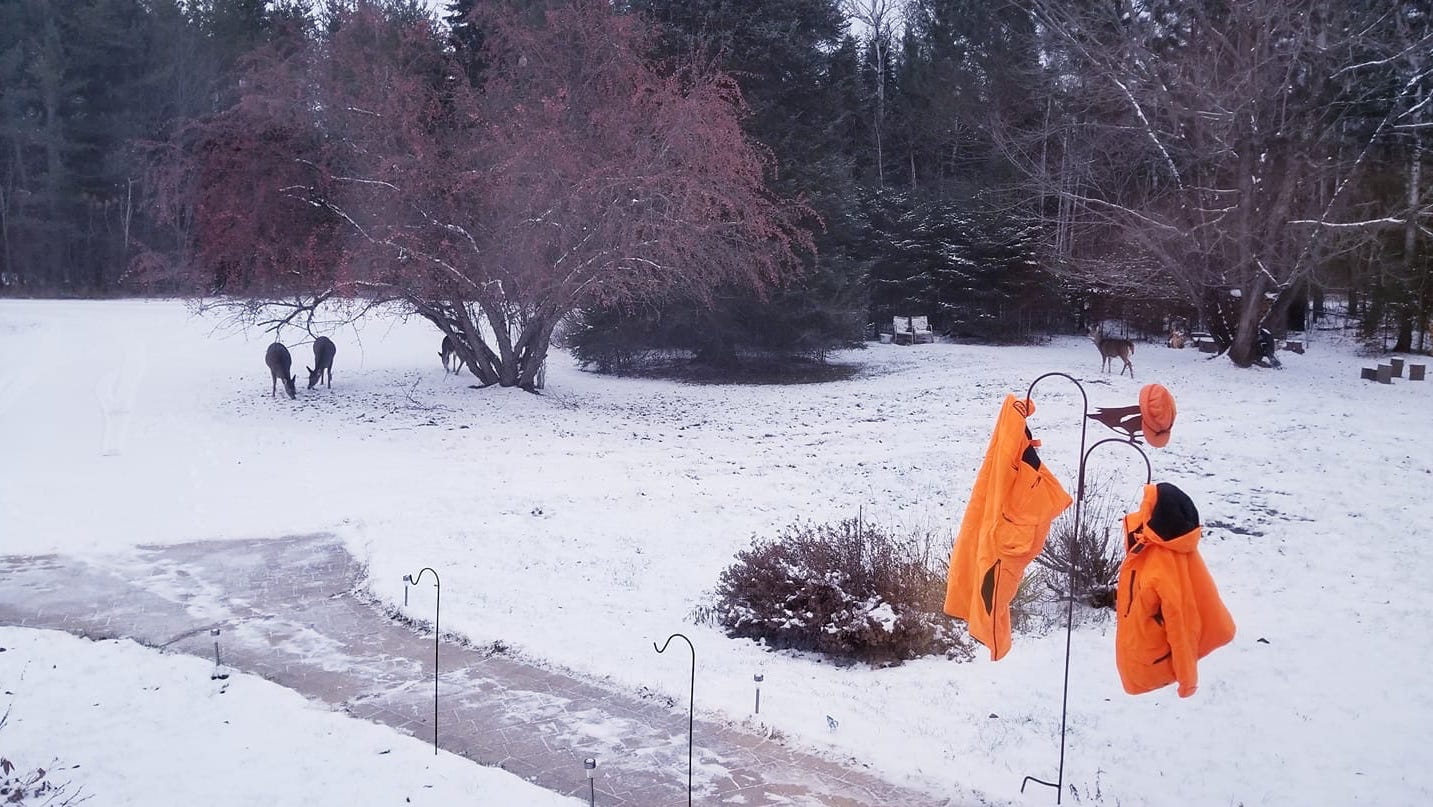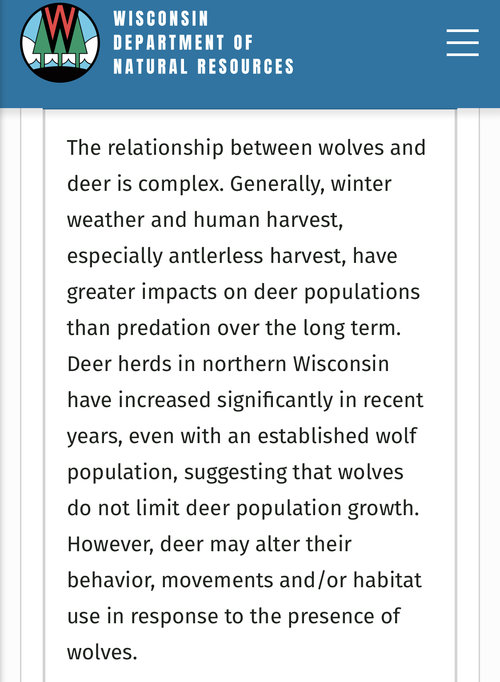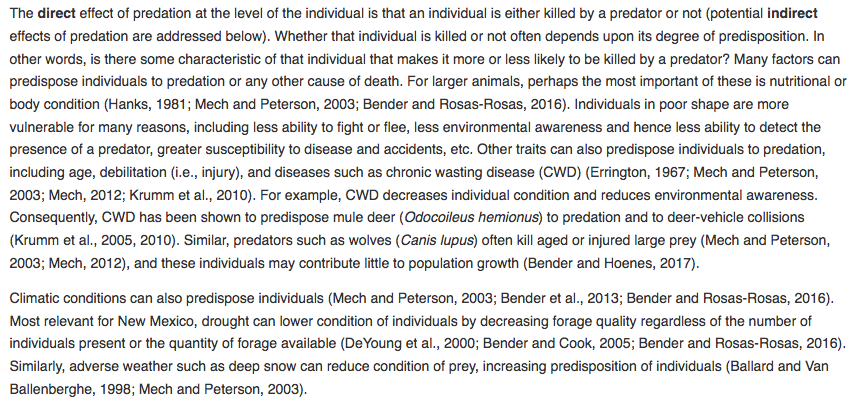Northwoods Labs
Well-known member
What other species do hunters (or yourself) want managed at a bare minimum besides wolves? Still looking for an answer........‘If predation was compensatory the WI wolf hunt was nothing more than recreational hunting for the purpose of managing wolves at some arbitrary number and completely insignificant to helping the deer.’
Good. I support recreational hunting, within limits. And yes wolves do eat deer.
Unless the pornhub server is down, I’m curious why so many folks on this forum are upset about this.
Also, going over the quota and taking from the tribes quota is a bad look and ONCE AGAIN, if it were ANY other species besides wolves you would not be happy.








